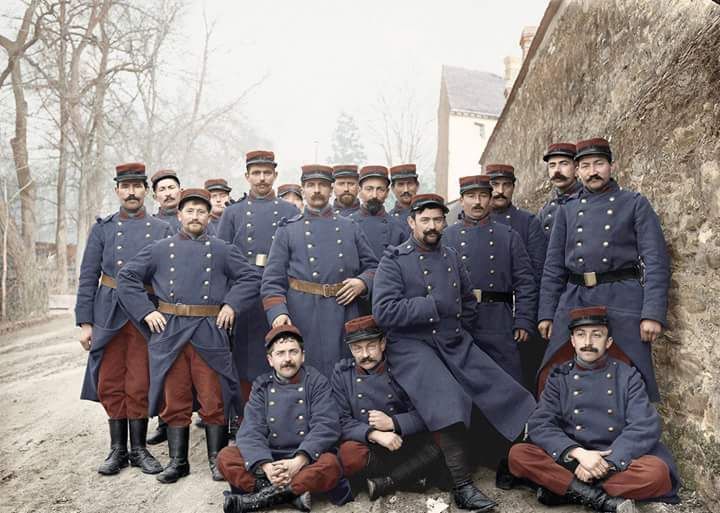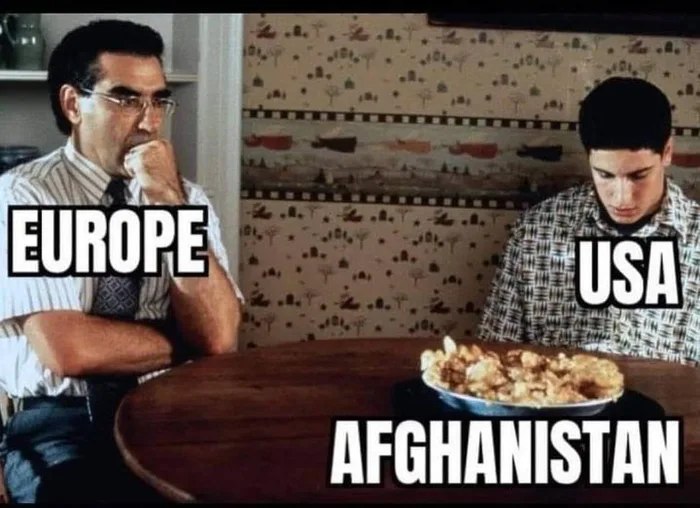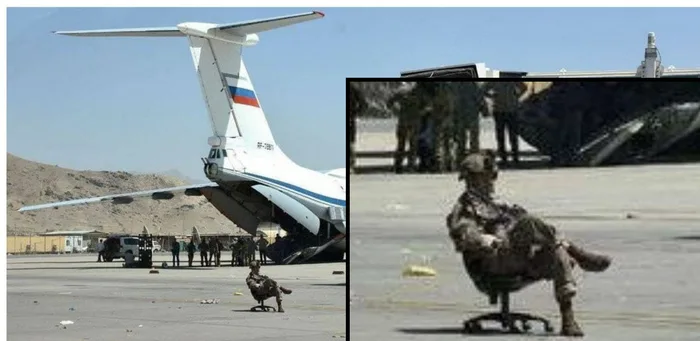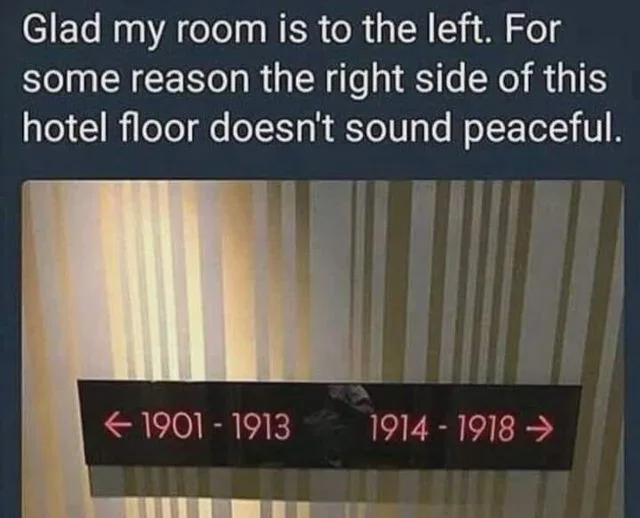.
This blog post will lay out how the cost drivers of infantry equipment can be reduced to such a degree that poorly-funded armies and reservist infantry, support field troops & air force security personnel of well-funded armed forces can be equipped properly for a dismounted fight.
Cost drivers
The #1 cost driver of infantry is the personnel itself, through direct costs, overhead costs and opportunity costs. This cannot be helped much, but you may delete excess personnel from the table of organisation and 'outsource' wartime tasks into reserves. A reservist costs but a tiny fraction of an active duty soldier in personnel expenses.
The historical cost drivers included the firearm (about 45% of a worker's monthly salary for a rifle in 1930's Germany) and clothes (especially the boots), but these aren't really the cost issues nowadays. A good firearm (quality assault rifles can cost about 1,100 € per copy in bulk purchase) and good, functional clothes (hundreds of Euros per soldier) may cost less than 2,000 € per infantryman, an average month's income of an employee in Germany. So the ratio between clothes + gun to monthly average income remained about the same, but these items are merely the basics nowadays.
Estimates about the price of equipment for a U.S. Army infantryman today are well above 15,000 €.
 |
| This infographic is about 15 years old, see also video at 27:51 here. |
A proper frag protection helmet and frag protection vest should each cost much less than 500 € combined in army-level bulk purchases. Higher level protection costs more, but is very uncommon in poor army infantry, reserve infantry and among non-combat troops in general (and thus outside the scope of this text).
I don't have detailed data, but by my estimate the new big cost drivers are in no particular order
(a) night vision
(b) radio
(c) firearm sights
Sights can add a lot depending on how ambitious you are, a normal intra-squad radio adds hundreds to thousands of Euros and night vision can cost thousands of €.
Affordable equipment needs to last and have a long shelf life as well. This is necessary because reserves might take items from storage after decades of no use (just with regular counting for inventory bookkeeping). Air force security personnel are wannabe infantrymen and treat their equipment about as harshly as infantry does. Army field support units focus on their main tasks and are at risk to neglect basic infantry-ish soldiering skills and attention to equipment.
So we need long-lasting, long shelf life* affordable equipment for dismounted combat on a modern battlefield.** The price should be divided by the years this equipment lasts, with a bit of discounting of distant future years, as the equipment would stagnate in quality (save for software updates), while competing equipment improves.*** This means a shorter-lasting yet cheaper equipment can be the equivalent to a more expensive equipment in terms of utility for money AND average relative performance.
(A) night vision
The cheapest night vision for short duration is illumination by pyrotechnics, but those burn typically for 30...120 seconds and are thus not a satisfactory solution. Night vision devices have provided superior answers since the 1940's and became standard during the 1990's in decent-funded armies. The cheapest night vision devices are digital cameras, not very much unlike smartphone cameras in nature. They don't come close to the more old fashioned image intensifier tubes in their ability to multiply light, though. Digital cameras would need extra light sources in overcast or new moon nights. Still, the technology CAN be extremely cheap (by comparison to other night vision), and shelf life well in excess of 10 years seems very feasible.
My proposal is a combination of digital night vision goggles, cheap IR aiming lasers, fluorescent bullet bases (tracer-like effect), COTS**** batteries and IR Illumination drones. (Only squad and platoon leaders would get some (cheap) thermal sight.)
Helmet-mounted digital night vision binoculars should be available to a bulk buyer at about 100 € per copy. It should be mentioned that digital night vision is consuming much more
electrical power than analogue tech, so the supply and recharging of
batteries is quite a burden by comparison.
The cheap IR lasers are visible only with night vision devices. You could have a simple laser trigger on a fore grip with both battery and laser installed in that very same fore grip. Such cheap IR lasers would be very effective aiming aids with helmet-mounted night vision devices at the relevant combat distances for the intended users. Price about 30 €
Fluorescent bullet bases should be more than bright enough with digital night vision goggles. The commercially available fluorescent tracer bullets are indeed too bright; the tracer effect should only be visible to night vision tech from behind. They would allow troops to see what others are shooting at, not just what others are aiming at (which can be shown with the aiming lasers). Every bit less confusion and cluelessness is welcome in nighttime firefight stress. (Cartridges are munitions, not weapons or personal equipment. I won't add the price of this.)
COTS batteries; AA AAA or CR2032 batteries won't become obsolescent anytime soon, and the ability to switch off the lights of red dot sights means that no tritium-illuminated sight is giving you away to night vision users at night. The price of such commercial batteries is negligible.
IR Illum drones; I wrote about IR Illum pyrotechnics weeks ago, and I also mentioned the duration issue. It's likely MUCH smarter to have an artificial 'moon' (silent, unpredictably-manoeuvering drone at 100+ m altitude below cloud cover with a wide angle LED IR light) with 10...30 minutes on-station time. Someone 2+ km away would have to launch one such drone every 10...30 minutes, recharge the recovered ones and adapt the autopilot programming to changing needs. This should be less effort and cheaper after a night or two than using IR Illum a lot.
The soldiers could additionally deploy their own thrown LED beacons (set to flashing or illumination); a COTS battery coupled with a LED light and almost nothing else (example here). Their costs would be tiny (less than 5 € per copy including the battery) in a huge bulk purchase. Such LED beacons can also be used for communication, such as marking mine-free lanes, communicating to air power, marking cleared rooms and so on.
(B) radio
Intra-squad radios are a great tool, but they can also be quite costly. You can gold-plate them A LOT, up to complete inertial navigation system with occasional GPS/Galileo use, alerting for incoming indirect fires or aerial threats, NBC alert, voice-to-text and text-to-voice for minimizing data transmission needs, encryption/decryption. Alternatively, you could go for really cheap stuff that works under favourable conditions out to 400 m and costs 30 € per pair in toy stores.
I suppose it's possible to find a middle ground; a bulk order for 100,000 pieces without (AA) batteries should be doable at prices that even the worst-funded NATO armies can afford. 128 bit encryption/decryption seems doable at that price. I say € 10 M including development effort; 100 € per copy for the launch customer for 100k items bulk purchase. This is still multiple times the price of Linux-capable maker computer boards with CPU, graphics and stuff. A self-made software-defined radio with encryption/decryption capability ends up at less than 50 € material cost in retail prices, by the way!
You can't have such prices if you don't encourage non-arms industries offers in your tender, of course. Harris, Thales and the likes would never offer such a price. Their rifleman radios cost thousands of Euros per copy.
(C) firearm sights
I've been arguing in favour of rather short infantry combat distances (at the very most 400 m dismounted vs. dismounted for assault rifles, but only up to 200 m is really relevant) for a while because you did something wrong if you can be seen from more than 100 m distance and you shouldn't give your position away with needless shooting before you were detected. Leave all the 300+ m targets to snipers, AFVs, indirect fires or collect intelligence by observing them rather than forcing them to become more stealthy! Shorter combat ranges also allow for more lightweight weapons, munitions and sights.
The natural conclusion for affordable sights is thus a red dot sight with an integral on/off switch and CR2032 battery power (COTS). Sights for longer ranges aren't needed. The price per red dot sight could be as low as € 50. Quality sights cost a lot more, but this is about making it affordable for troops who would usually not have quality sights anyway. Red dot sights (and their batteries) could be trusted down to -20° C. This would usually suffice, and a very simple (100 m fixed range) folding 'iron' sight could be installed as backup. Even a cheap red dot sight is a huge improvement over iron sights in the stress of battle (not so much on a firing range).
Maybe I'm delusional here, but I estimate the normally just assault rifle + clothes + helmet equipped support soldier of some Eastern European NATO army or Western European army reserves could be turned into a much more effective and thus much more confident (and this is the real value here!) night combat-capable rifleman at the staggering price tag of about 300 € plus 300 € per infantry squad and platoon (COTS thermal imagers for small unit leaders to enhance detection) and another 20,000 € at unit or battalion level (for the illumination drones set). (This leaves frag protection vests out as they are already widespread in use.)
Let's assume a hypothetical support battalion of 300 personnel with 10 platoons and 30 squads. This sums up to about 122,000 € modernization cost for the whole formation. The illumination drone team of two might need a cheap 4x2 vehicle, let's assume 15,000 € for that as well. The expense per head stands at about 450 €. This is affordable. It would shock our procurement agencies with its lack of mil spec robustness, but the alternative is to have no night vision other than an NCO's flare gun and flashlights, usually only iron sights only, and no intra-squad radios at all.
This applies just as much to infantry of poor non-NATO countries and of course also to stored sets for reservists and 'rear' area troops in well-funded armed services.





